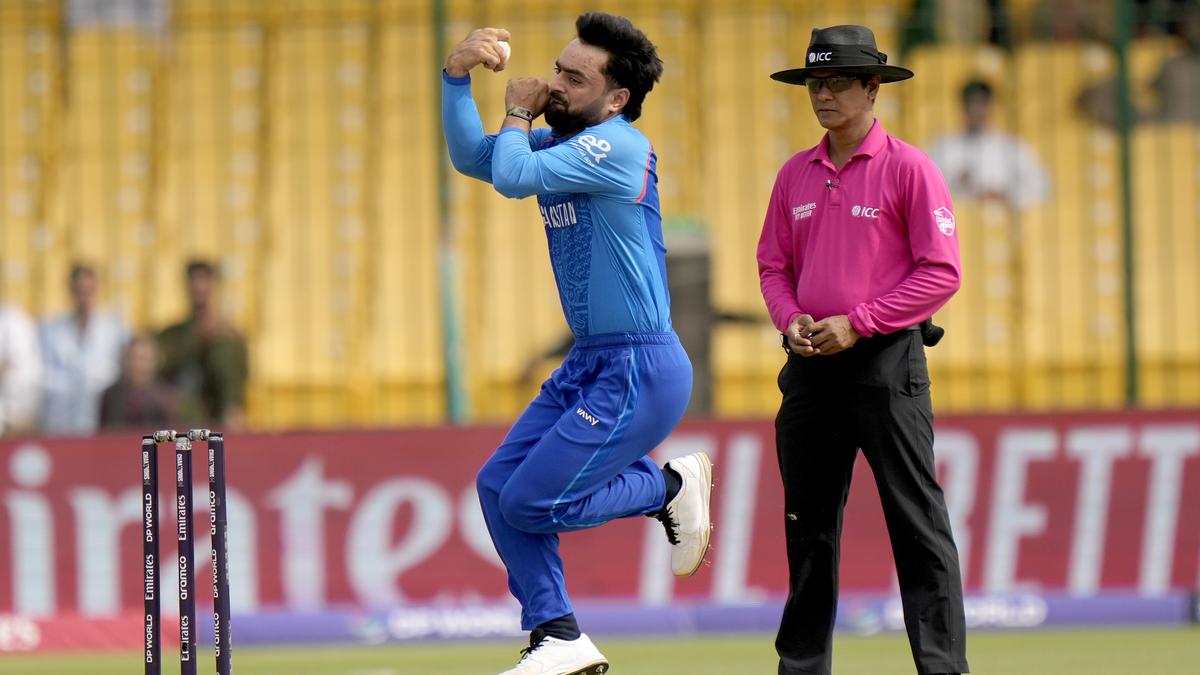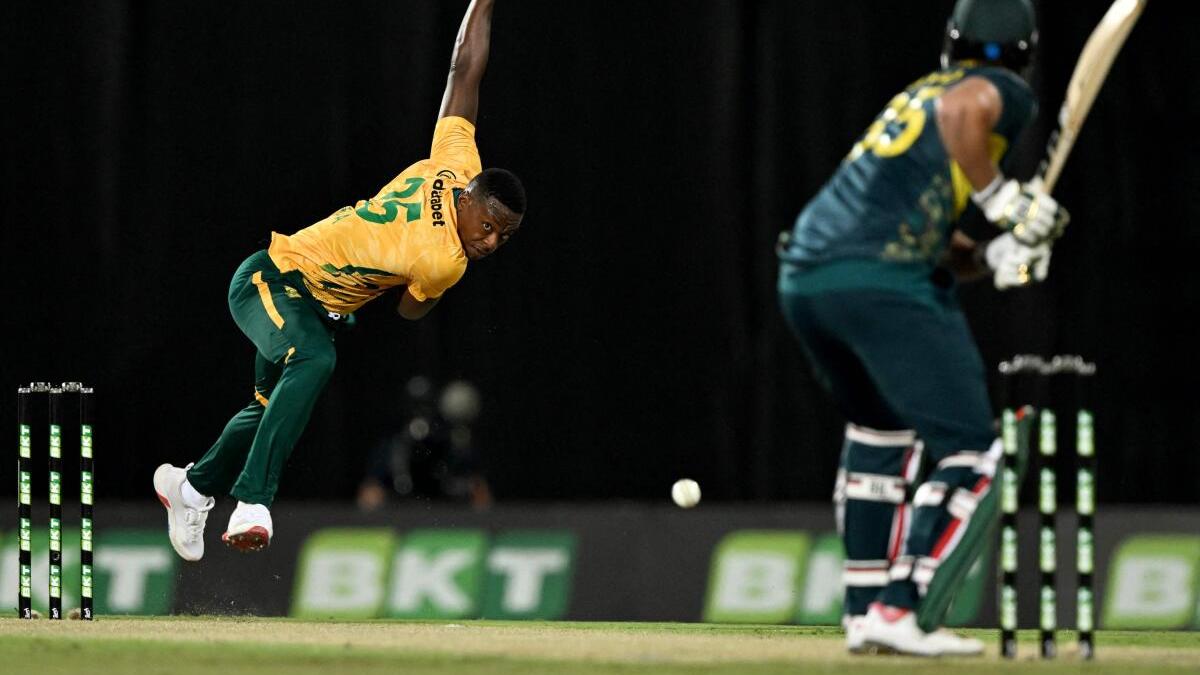Harry Brook being named as England’s Player of the Series for the Anderson–Tendulkar Trophy wasn’t the most predictable of outcomes. His 481 runs at 53.44 were impressive, yet they didn’t dominate the headlines in the way Ben Stokes’ heroics or Joe Root’s three centuries did. Even Josh Tongue hauled in 19 wickets in three Tests.
And yet, the accolade went to the 25-year-old Yorkshireman — a choice that, on a closer look, reveals as much about England’s approach as it does about Brook himself.
Risk versus Reward
One of the key features of England’s Bazball philosophy is its willingness to accept the risk in search of the greater reward.
That philosophy was borne out across the series. England’s attacking shot percentage (39.1 per cent) was higher than India’s 26.6 per cent, even as its false shot percentage was 21 per cent in comparison to India’s (16 per cent). Payoff? England scored at 3.86 runs per over, compared to India’s 3.37.
Brook’s numbers were the most efficient expression of this approach in the series. He attacked 43.2 per cent of deliveries and yet, produced a false shot only 15.3 per cent of the time — one of just two batters in the series, alongside Jamie Smith, to cross the 40 per cent attacking threshold while keeping the mistakes below 20 per cent. His metrics were better than the average for Indian batters, English batters, and the combined series average.
The result: a strike rate of 81.38, second only to Ben Duckett’s 82.94 among players who faced at least 100 balls.
A game changer
This ability is especially critical given his position in the batting order. Carded at number 5, Brook walked in at crucial junctures with England either behind or the match in balance. All of his fifty-plus scores this series came in this situation — innings that either tilted matches into England’s favour or pulled it back into the contest.
This influence tied into the series’ broader narrative: India dominated large sessions, but England won passages of play. Brook was a key driver here, turning the matches around in short bursts without offering much to the Indian bowlers.
The method to the madness
Brook’s early aggression was calculated rather than careless. He tended to give himself the initial ten balls of the innings to get set, defending or leaving half of them he faced.
He was more binary in the next ten deliveries, where he would either attack or defend, with little strike rotation. Subsequently, Brook would defend less, rotate strike more, and pick up moments to go for the big hits.
(A small caveat to be applied to the data here is that Brook only batted more than 70 balls thrice, and more than 100 balls twice.)
The best example of this approach came in an innings where it did not come off — his 23 off 19 balls at Lord’s. Brook scored just a single from his first nine deliveries before managing three boundaries and a six in his next eight. The innings ended with a failed sweep against Akash Deep — evidence of the risk that comes with this method.
Brook’s series could have easily looked different. What if Jasprit Bumrah’s foot had been behind the line when he had Brook caught for a duck in the first Test? What if Mohammed Siraj had been able to keep his feet inside the boundary line during the chase at The Oval? These moments fell his way, but his dismissals generally came from unforced errors, not unplayable deliveries.
His attempted sweep to Akash Deep at Lord’s, his holing out on 99 at Headingly, or the dismissal in the final innings at The Oval — each was more self-inflicted than forced.
The looming Ashes brings the question: should Brook and England accept these moments as an occupational hazard of the approach — the rough that comes with the smooth — or whether weeding out these moments will represent the next stage in fine-tuning his game.








